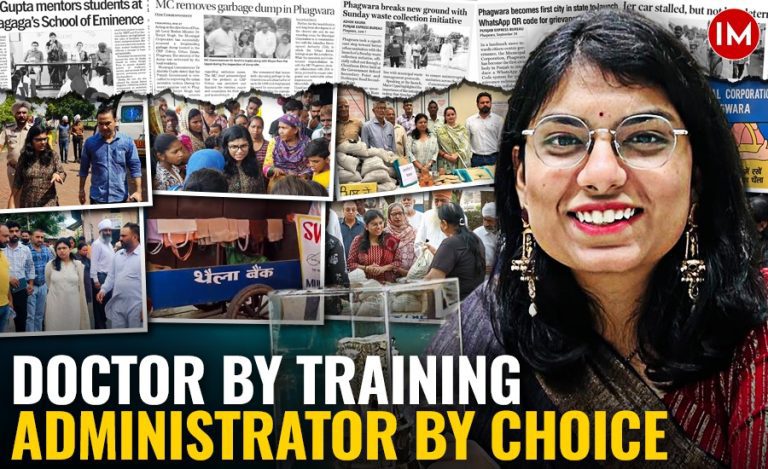In a significant move aimed at boosting economic activities and attracting investment, the Gujarat Government, under the leadership of Chief Minister Bhupendra Patel, has issued the Factories (Gujarat Amendment) Ordinance, 2025, introducing key amendments to the Factories Act, 1948. The ordinance, issued on July 1, 2025, permits women to work night shifts and extends the daily work limit to 12 hours, while capping total weekly work at 48 hours.
Key Highlights of the Ordinance
Extension of Working Hours-
The ordinance increases the maximum daily work limit from 9 hours to 12 hours, while ensuring that employees do not exceed 48 working hours per week. Additionally, Section 54 of the Act has been amended to reflect these changes. The ordinance also raises the cap on quarterly overtime hours from 75 to 125 hours.
Night Shifts for Women with Safety Conditions-
For the first time, women will be allowed to work between 7 PM and 6 AM, provided 16 strict safety conditions are met. These include-
- Mandatory written consent from women before assigning night shifts
- A minimum batch of 10 women employees during night duty
- Free transportation to and from the workplace
- Adequate lighting and CCTV surveillance inside and around factory premises
- Measures to ensure protection against sexual harassment and creation of a safe, non-hostile environment
- Provisions for health, hygiene, and leave benefits
The ordinance emphasises that these measures are aimed at promoting industrial investment, facilitating projects of national importance, and generating employment opportunities across the state.
Next Steps
Since the Gujarat Legislative Assembly is not in session, the ordinance was promulgated by the Department of Labour, Skill Development and Employment under Article 213 of the Constitution. The state government is expected to introduce the ordinance in the upcoming monsoon session of the Assembly for formal approval.
This policy shift is seen as part of the Gujarat government’s broader economic strategy to make the state more competitive and inclusive, while addressing both labour reforms and women’s participation in the workforce.




























